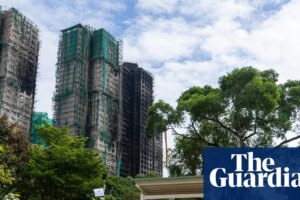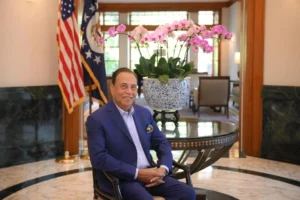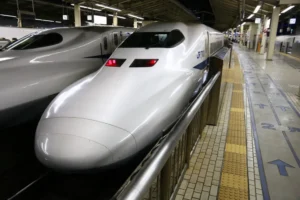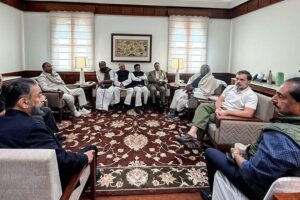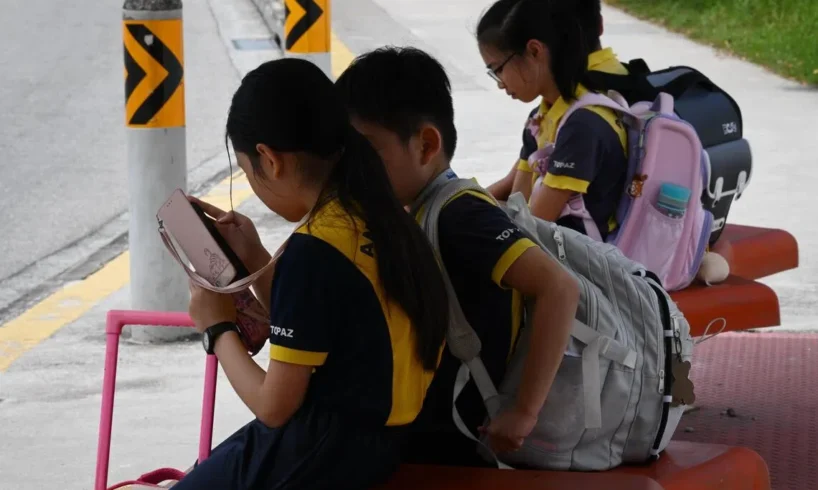
SINGAPORE – About 31,000 more students will be eligible for financial help to defray their school expenses from 2026, after the Ministry of Education (MOE) raised the income eligibility cap of its financial assistance schemes.
In total, about 133,000 students are expected to receive MOE financial support each year, said MOE on Oct 16.
The gross household monthly income ceiling for the MOE Financial Assistance Scheme for government, government-aided and specialised schools will go up from $3,000 to $4,000. The per capita income ceiling will also be raised from $750 to $1,000.
The revised income limits will also apply to other MOE schemes, including those for independent schools, and post-secondary education institutions.
The income cap for the Edusave Merit Bursary — awarded to Singaporean students who rank among the top 25 per cent of their cohort and display good conduct — will be raised from $7,500 to $9,000.
For the Uplift Scholarship, which supports students from lower-income families who do well in school, the qualifying income ceiling will go up from $4,400 to $5,500.
These changes are part of a broader revision to the income criteria and quantum of several financial assistance schemes, which benefit students from primary schools to universities.
Most of the enhancements will take effect from January 2026, except for the revised income criteria for the Edusave Merit Bursary, which will start earlier, in November 2025, to coincide with that year’s bursary exercise.
The last round of revisions and enhancements to these support schemes were made in 2023.
Under the revisions, students on financial assistance will also get more help with transport costs.
The school bus subsidy for primary school pupils will rise from 65 per cent to 70 per cent of the monthly fare, while the monthly public transport subsidy for primary and secondary students will increase from $17 to $21.
Pre-university students will see their annual bursary rise from $1,200 to $1,600, with the transport subsidy folded into the new amount.
Similarly, the annual Uplift Scholarship will go up from $1,000 to $1,200.
MOE said the enhancements are on top of existing subsidies that remain for school fees, textbooks, uniforms, and meals.
At the post-secondary level, bursary amounts will be increased for both full-time and part-time students at publicly funded institutions such as the Institute of Technical Education (ITE), polytechnics and universities.
Full-time ITE Nitec and Higher Nitec students from the lowest income tier – households earning up to $4,000 a month – will continue to have 100 per cent of their tuition fees covered, and will receive a cash bursary of $1,850, up by $250.
Full-time polytechnic students in the same income tier will see their bursary quantum rise to $3,050 from $2,950.
Those from middle-income households will get between $950 and $2,700, depending on income. Gross household monthly income in this tier is from $4,000 to $12,000.
Part-time students will also get more support, with bursary amounts increasing by $30 to $250, depending on their level and income bracket.
Medical and dental undergraduates from lower-income families will see out-of-pocket tuition fees capped at no more than $5,000 a year, after accounting for government and university bursaries.
In addition to the existing 100 per cent of ITE tuition fees for scholars, MOE will also increase the cash award for the merit-based ITE Community Scholarship from $1,800 to $2,050 per year. This scholarship is awarded to the top 10 per cent of O- and N-level students in each Nitec and Higher Nitec intake.
To make it easier for families to apply for financial aid, MOE and post-secondary institutions will introduce a new system from January 2026, called the Household Means Eligibility System (Homes).
The system will automatically draw household income data from government sources, removing the need for most applicants to submit supporting documents.
For a fairer assessment, the new approach will take into account a household’s average income over the past 12 months, including all employment, trade and rental income, bonuses and allowances, and other administrative income.
Students who do not qualify for MOE’s financial assistance schemes may apply for school-based assistance or other assistance provided by social service agencies for Singaporean students, the ministry said.
“No Singaporean student will be denied access to school due to their financial situation,” said MOE.
